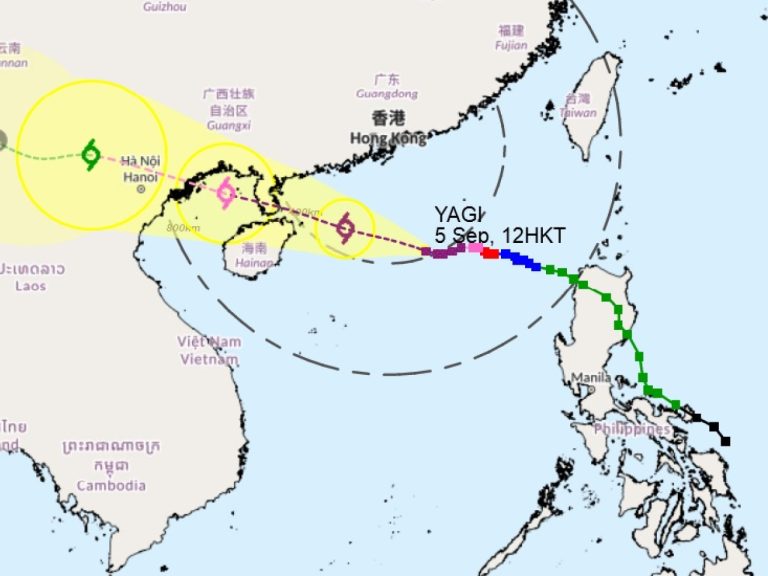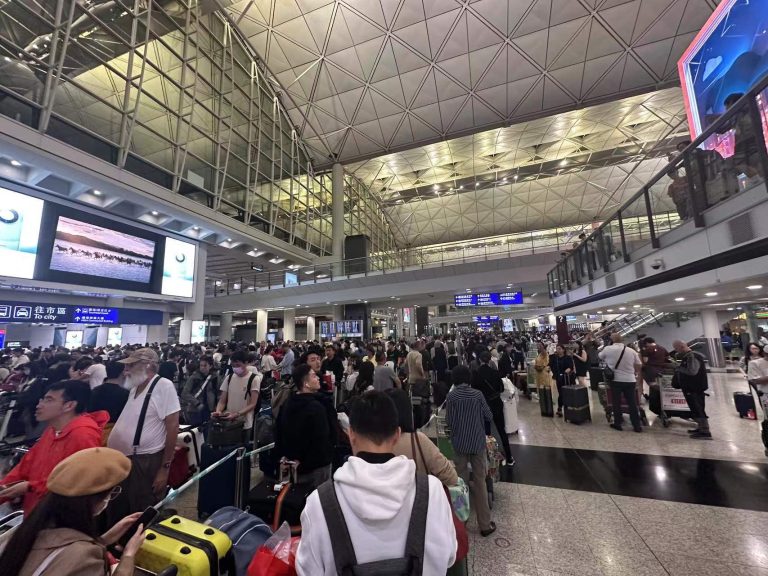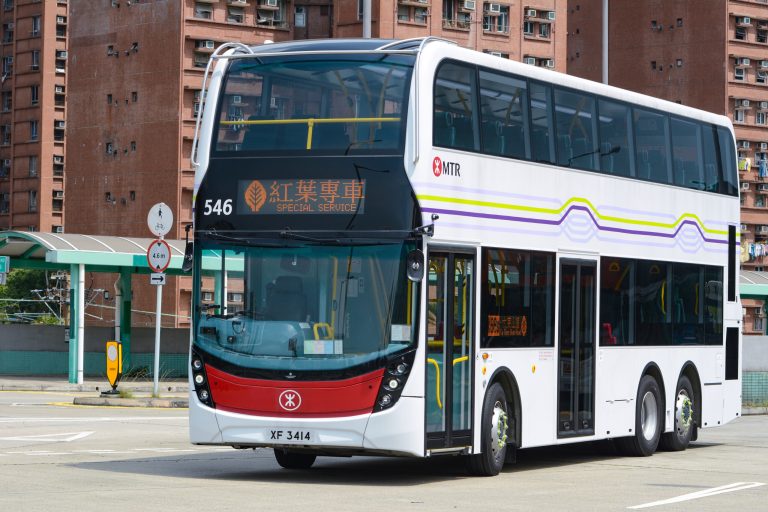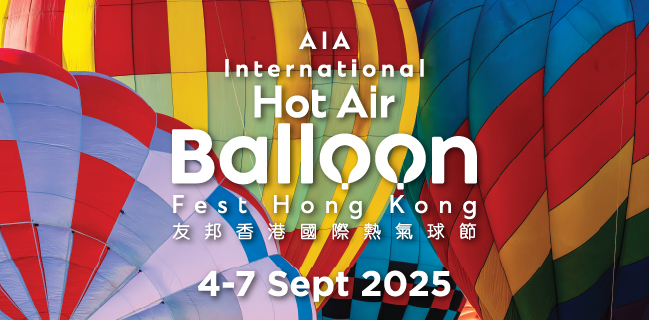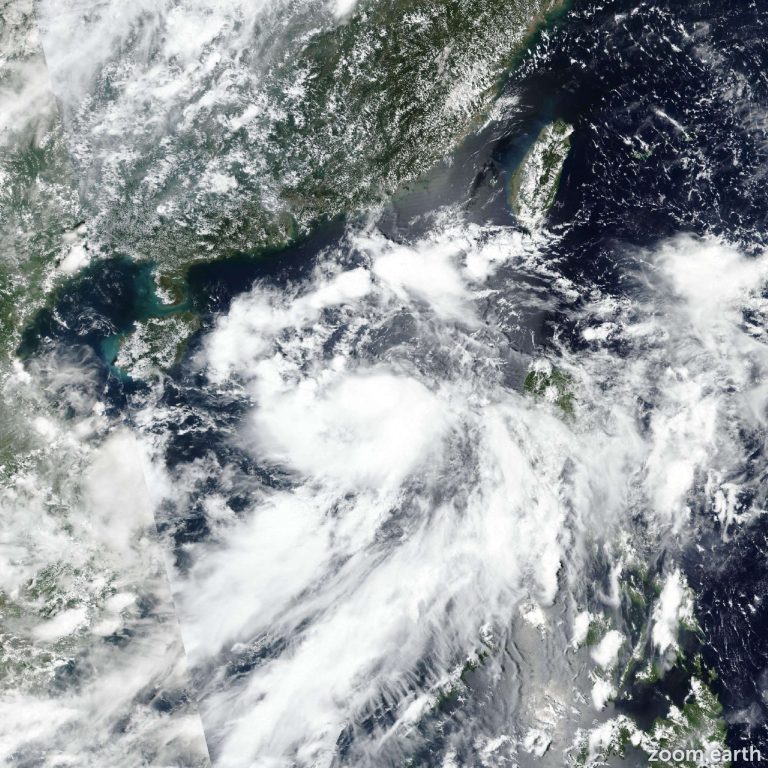Hong Kong’s Public Transport Rebounds After Storm Tapha’s Departure
When severe weather strikes, urban life can grind to a halt—but recovery is often just as swift. On Monday, Hong Kong demonstrated remarkable resilience as public transportation gradually resumed following the downgrade of the No. 8 Storm Signal to Strong Wind Signal No. 3 at 1:10 PM.

The Mass Transit Railway (MTR) led the charge in restoring normalcy, strategically enhancing train frequencies to accommodate the expected surge of commuters eager to return to their daily routines. Simultaneously, bus services from key operators like Kowloon Motor Bus (KMB) and Long Win Bus (LWB) began reactivating most daytime routes, with services starting around 12:30 PM.

Commuters navigating the post-storm landscape found themselves carefully tracking service updates. While most routes quickly returned to operation, some remained temporarily suspended. For instance, KMB’s routes 203R and HK1 continued to experience interruptions, highlighting the nuanced recovery process across the city’s transportation network.

Citybus recommended passengers leverage mobile apps and websites for real-time route information—a critical resource during such transitional periods. This digital approach ensures travelers can make informed decisions about their journeys, minimizing confusion and potential inconvenience.
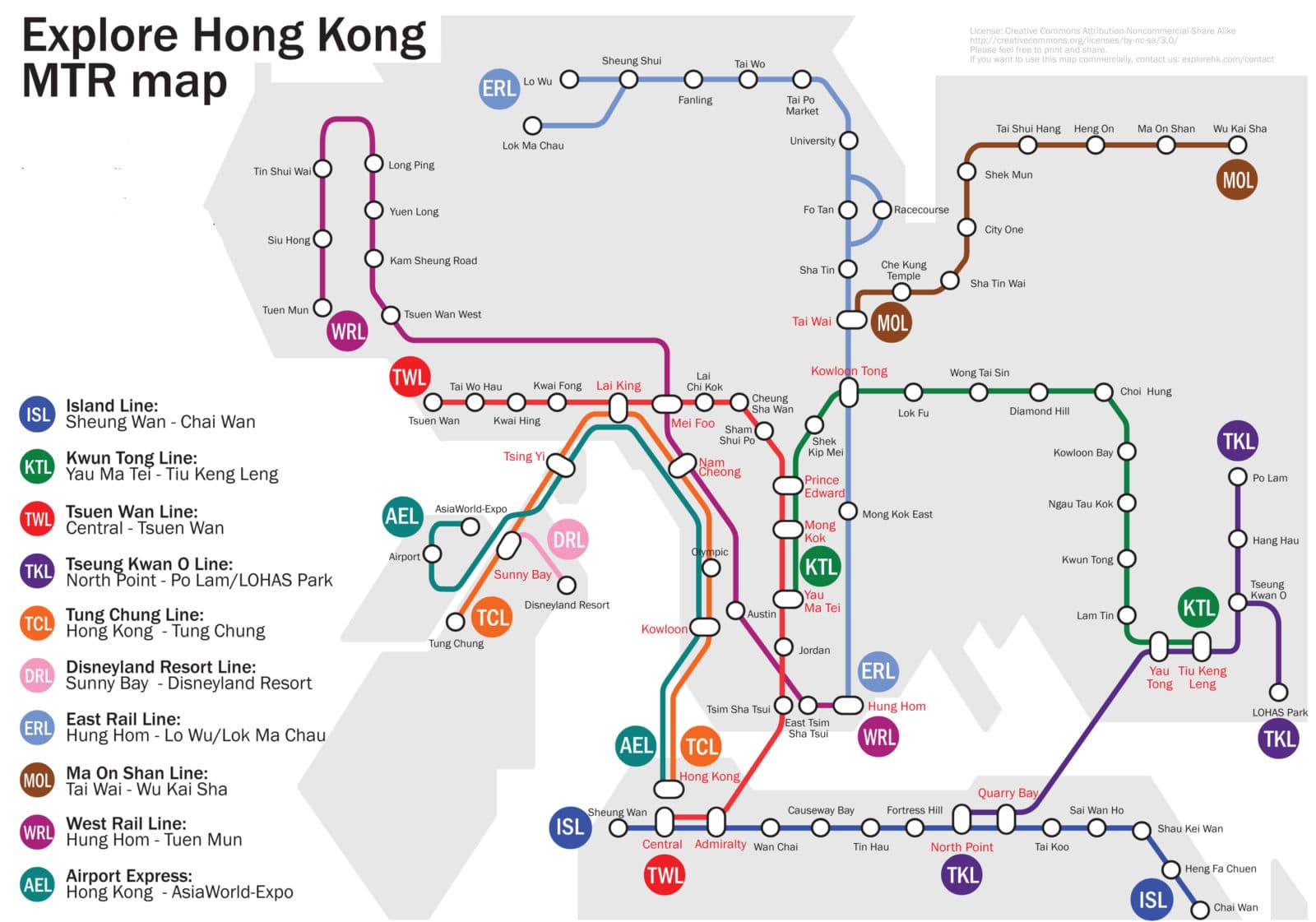
High-speed rail services demonstrated similar adaptability. Despite the storm’s impact, most connections remained operational, with only minor adjustments. The train G6048/G6047, typically running between Hong Kong West Kowloon Station and Zhanjianxi Station, was rerouted to terminate at Guangzhounan Station—a testament to the transportation system’s flexibility in managing unexpected challenges.

Ferry services also played a crucial role in reconnecting the city. The Star Ferry resumed its iconic route between Tsim Sha Tsui and Central at 2:40 PM, while Sun Ferry reestablished connections with precise timing: the Central-Cheung Chau route began at 2:45 PM, and the Mui Wo to Central service launched at 2:50 PM.
Beyond the immediate logistics, this rapid transportation recovery reveals deeper insights into Hong Kong’s urban resilience. The coordinated response from multiple transport operators showcases a sophisticated approach to managing weather-related disruptions. Each service carefully balanced the need for swift restoration with passenger safety, providing clear communication and strategic service resumption.
The event also underscores the critical role of digital infrastructure in modern urban mobility. Mobile apps, real-time updates, and integrated communication channels have transformed how cities manage complex transportation challenges. Passengers are no longer passive recipients of information but active participants in navigating dynamic urban environments.
For residents and visitors alike, the post-storm recovery offers a compelling narrative of adaptability. While the immediate focus remains on restoring transportation services, the broader implications touch on urban planning, climate resilience, and technological innovation.
As Hong Kong continues to navigate the complexities of extreme weather events, its transportation system stands as a robust example of preparedness and quick response. The seamless transition from storm disruption to operational normalcy reflects not just technical capability, but a broader cultural approach to challenges—methodical, efficient, and forward-looking.





